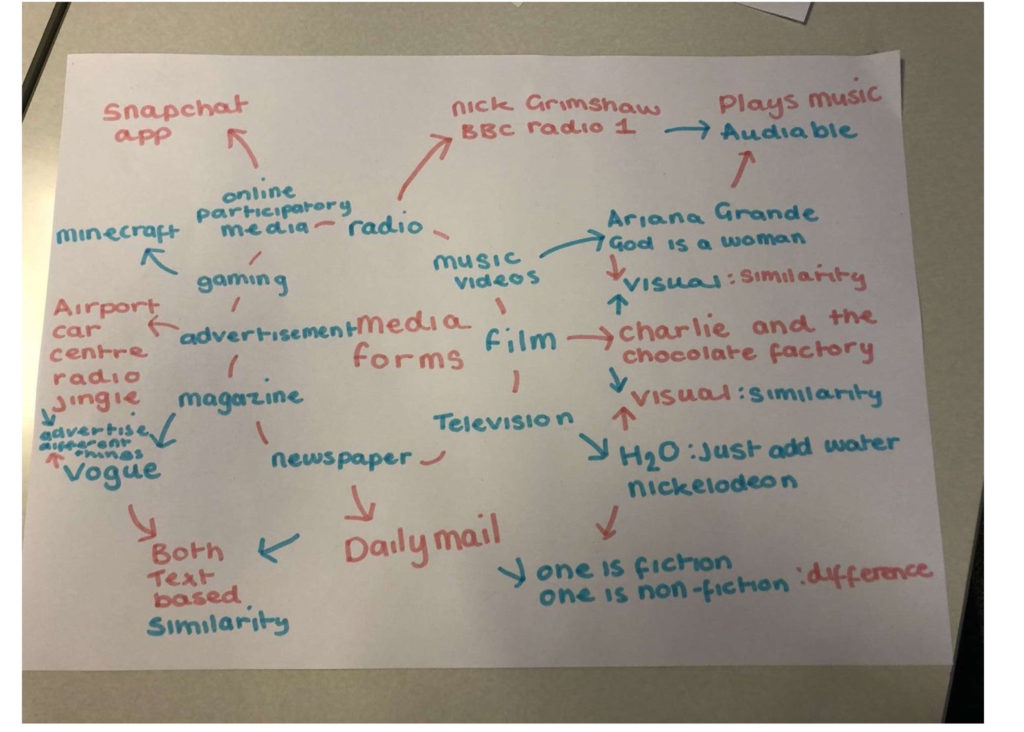- Roland Gérard Barthes was a French literary theorist, philosopher, critic, and semioticianBarthes- Roland Gérard Barthes was a French literary theorist, philosopher, critic, and semiotician.
Pierce- American philosopher, logician, mathematician, and scientist
Saussure- A Swiss linguist and semiotician
Semiotics- The study of signs and symbols
Sign- An indicator to a greater picture.
Signifier- A sign’s physical form (such as a sound, printed word, or image) as distinct from its meaning
Signified- The meaning or idea expressed by a sign
Icon- Person or thing regarded as a representative symbol
Index- A sign that has a link to its object
Symbol- Thing that represents or stands for something else
Code- A system of words, letters, figures, or symbols used to represent another meaning.
Dominant Signifier- the main sign and communicator
Anchorage- Words “pin down” the meaning of an image
Ideology- Set of opinions or beliefs by an individual or group
Syntagm- A set of linguistic forms that are in a relationship to one another
Signification- The representation or conveying of meaning
Denotation- The literal or primary meaning of a word
Connotation- An idea or feeling which a word invokes for a person in addition to its literal or primary meaning
Myth- A belief or story that isn’t proven a fact.
Dominant Ideology- main or primary belief
A radical text- a person with extreme views
A reactionary text- A person or belief opposing a radical text


